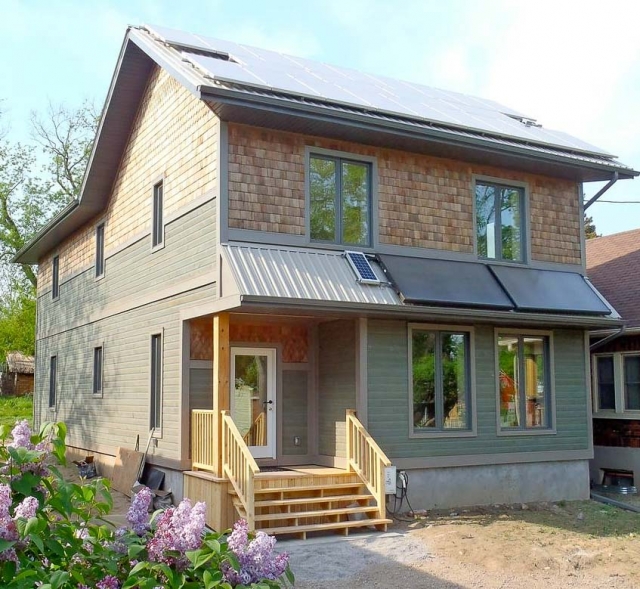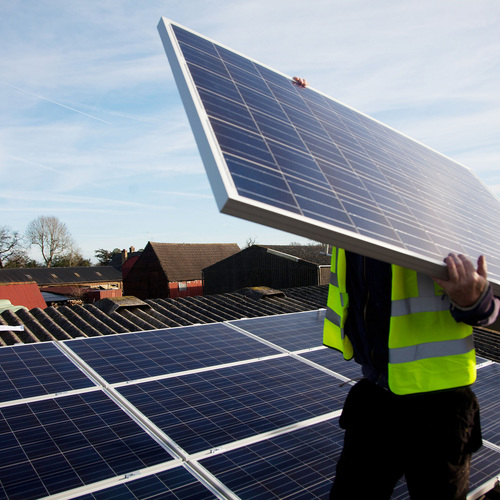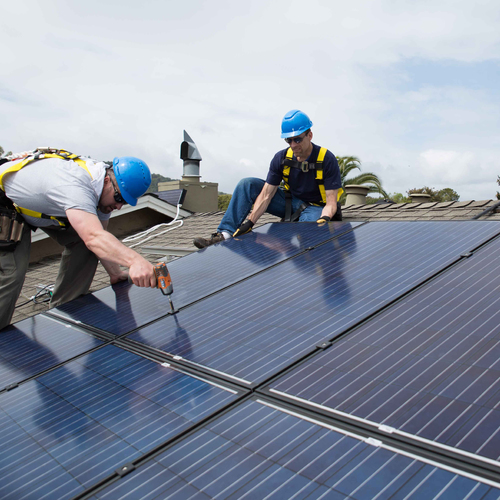
Smart Meter Claims Rebuffed
Maine’s highest court has brought to a close a years-long dispute over the safety of smart meters, ruling there is no convincing evidence the devices pose health risks to people in buildings where they’re installed.
Central Maine Power has installed some 600,000 smart meters on homes and businesses around the state. The meters send out brief wi-fi signals on power use, eliminating the need for meter readers and giving the utility near instant access to information about the grid.
A citizens’ group, the Maine Coalition to Stop Smart Meters, claimed the devices weren’t safe and could cause a variety of health problems. Ed Friedman, the lead complainant, calls the technology “a public health and security emergency the likes of which we have never seen.” The group also said the devices compromised “personal and grid cybersecurity.”
The court didn’t agree. In its second ruling on the case, the court backed the state Public Utilities Commission, which voted earlier in favor of the meters.
CMP says 99% of the meters emit a wireless signal for 9 seconds or less each day, according to an article in The Portland Press Herald.
The feud has dragged on for years. CMP’s $200 million plan to convert meters from analog to digital was originally approved in 2009, but the high court later ordered the PUC to revisit the safety question. The commission reaffirmed its support in 2014.
Customer who don’t like the meters can opt out by paying a one-time fee and then a monthly fee after that.
Wind energy surges in China
China installed nearly 29 gigawatts of wind generating capacity in 2015, exceeding its previous record of 21 GW set the year before and far outstripping the 8.6 GW installed in the U.S.
Scientific American said in a report picked up from ClimateWire that China’s added wind capacity last year alone is almost as much as the total installed capacity in the three biggest wind producing states in the U.S.–Texas, Iowa and California.
The added capacity came despite a second round of reductions in the government’s feed-in tariff program early in the year that reduced payments by about 3 cents per kilowatt hour in China’s prime wind-producing regions, the report says.
The tariffs, which are payments to renewable energy producers designed to spur development, helped drive wind development, but so did lower installation and manufacturing costs. The government also is anxious to replace coal-burning power plants, which are responsible for wretched air quality in some of China’s biggest cities.
By the end of the decade, China wants a total of 250 GW of wind capacity online, part of a plan to produce 15% of the country’s electricity from renewable sources.
China still faces many challenges. ClimateWire says the country has some of the world’s highest “curtailment rates” for renewable energy, a reference to the number of wind turbines that are taken offline because grid operators don’t know how to integrate the power with other energy sources.
Renewable Energy for Low-Income Families
Massachusetts Gov. Charlie Baker wants to earmark $15 million to make renewable energy more available to low- and moderate-income families.
The initiative, announced on Feb. 2, would pay for incentive programs the state hopes will create hundreds of renewable energy projects around the state, according to an article in The Lowell Sun.
“People struggling to get by, people struggling to pay their bills, people struggling to pay their rent ought to be able to participate more fully in the commonwealth’s clean-energy economy,” Baker said.
The state’s Energy and Environmental Affairs secretary, Matthew Beaton, once ran his own renewable energy business and said he was bothered by the lack of access to renewables for people who didn’t have a lot of money. “The sector of our population that could most benefit from these resources could not tap into them,” he said. “There were too many barriers in the way.”
Details about how the program would work weren’t announced. What the governor’s office called an “inter-secretariat working group” will look into existing barriers keeping low- and moderate-income residents from using renewables and suggest changes in policies and programs.
Building School Expands Workshop Schedule
A Peterborough, Ontario, sustainable building school has announced its list of 2016 workshops, with courses that cover everything from paints and plastering to renewable energy and building science fundamentals.

Most of the courses on this year’s workshop list will be taught at the school in Peterborough, about 85 miles east of Toronto. Courses range from evening classes to multi-day workshops.
Fees for the classes vary, and some of them will be taught in more than one location. Chris Magwood, the school’s director, called this year’s program the Endeavour Centre’s most ambitious to date.
The school also is known for its hands-on approach: Students built a net-zero energy spec house a few years ago, calling it “Canada’s Greenest Home.” Magwood and several others lived in the house after it was complete and measured energy consumption against production from a 5 kW photovoltaic system.
Weekly Newsletter
Get building science and energy efficiency advice, plus special offers, in your inbox.















0 Comments
Log in or create an account to post a comment.
Sign up Log in